Shoshoni Talking Dictionary
This is an archived webpage. All materials and resources associated with the Shoshoni Language Project will be archived with Special Collections at the J. Willard Marriott Library and made accessible in consultation with Shoshoni members. Please contact special@library.utah.edu with any questions about access to material.
Explore the Shoshoni Talking Dictionary

Lorena (Laurie) Caskey (left) and Naomi Mason (right). Laurie is featured in the Shoshoni Talking Dictionary.
The Shoshoni Talking Dictionary is a searchable language resource that is accessible online and in digital format. The purpose of this Talking Dictionary is to support the use of Shoshoni (Newe Taikwa) and encourage new speakers and learners.
The Shoshoni Talking Dictionary has thousands of entries and accompanying sound files recorded by Shoshone and Goshute speakers representing different dialects from across the Great Basin (Utah, Nevada, and Idaho).
Updated in 2019, the Shoshoni Talking Dictionary incorporates additional speakers from the Duckwater Shoshone dialect, and sound files, including short phrases and sentences, from the fieldwork done in 2015 and 2016 by the participants of the Shoshone/Goshute Youth Language Apprenticeship Program (SYLAP). Because of the efforts of the SYLAP youth and the elders who worked so tirelessly with them, the Shoshoni Talking Dictionary has grown to include many more written entries and accompanying sound files.
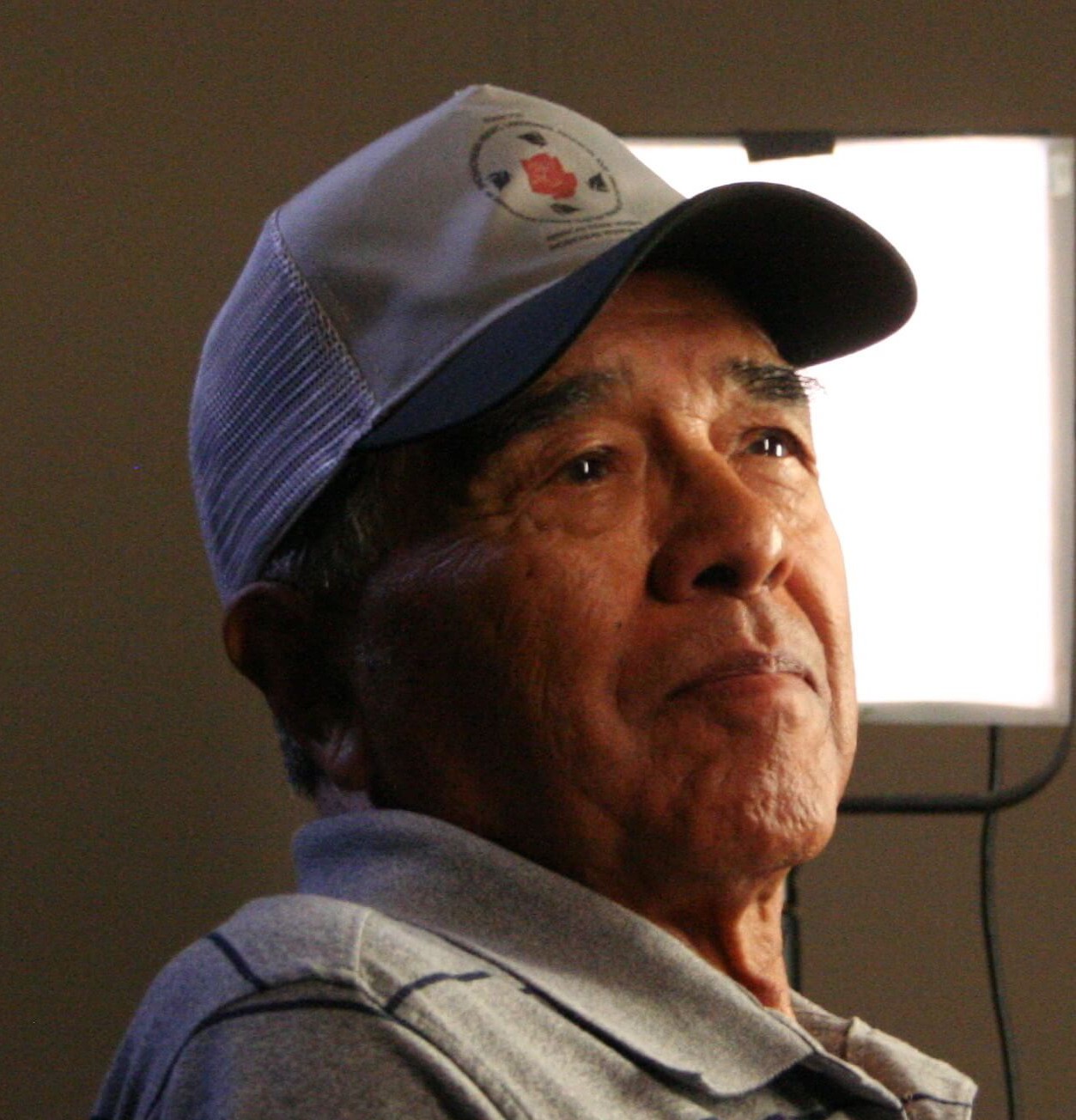
Boyd Graham (Smoky Valley)
We dedicate the most recent update of the Shoshoni Talking Dictionary to Boyd Graham, without whom it would have never gotten off the ground. He was a friend, a mentor, a teacher, and a relentless language activist. We all miss him.
We would like to thank the many elders and community members that have supported the creation and use of the Shoshoni Talking Dictionary.
The following people (in alphabetical order) contributed sound recordings and/or spellings to the Shoshoni Talking Dictionary: Kathy Adams-Blackeye (Duckwater), Libby Austin (Fallon), Janey Blackeye Bryan (Duckwater), Margene Bullcreek (Goshute), Laurie Caskey (Owyhee), Norm Cavanaugh (Elko), Delphina Gould (Fort Hall), Drusilla Gould (Fort Hall), Boyd Graham (Smoky Valley), Rosie Jones (Owyhee), Bernice Lalo (Battle Mountain), Arvilla Mascarenas (Duckwater), Elwood Mose (South Fork), Ruby Ridesatthedoor (Goshute), Teresa Sam (Harbin) (Duckwater), and Rupert Steele (Goshute).
Availability of the talking dictionary
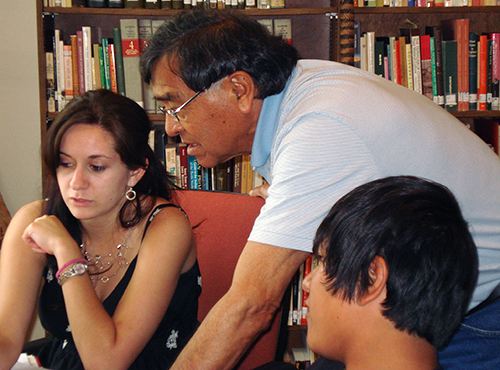
Stephanie Tabibian and Garrett Malotte (2009) work with elder Boyd Graham
We originally made the Shoshoni Talking Dictionary available on a CD, but hosting the Talking Dictionary on the web provides greater availability and access for many more people.
Recent updates to the Shoshoni Talking Dictionary mean that the browsing and searching experience on a mobile device, like a tablet or a phone, has become more user-friendly.
The current priority is to ensure that the Shoshoni Talking Dictionary continues to be available and accessible online. Through a recent grant from the National Science Foundation (BCS-DEL #1911603, Marianna Di Paolo, PI) the Shoshoni Talking Dictionary will be archived in partnership with the Survey of California and Other Indian Languages, California Language Archive, and at the University of Utah, J. Willard Marriott Library.
Feedback on Your experience with the shoshoni talking dictionary
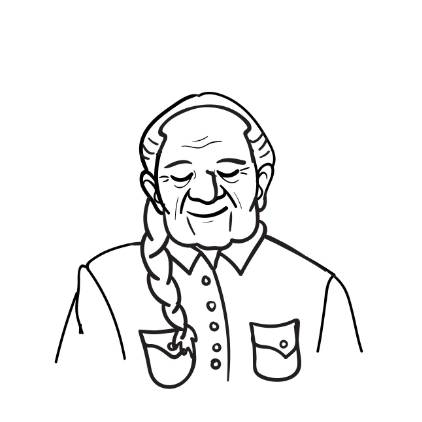
"Aise aise" for your feedback.
We appreciate any suggestions, corrections, or other feedback to the Shoshoni Talking Dictionary. Please let us know if you find any inaccurate spellings, word meanings, or things like broken links. To submit your feedback, please use the contact page.
How To Cite the Shoshoni Talking Dictionary
More information about the Shoshoni Talking Dictionary
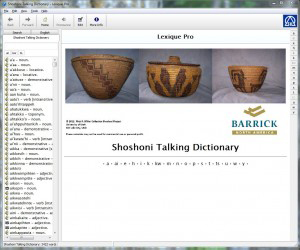
Technical Developments OF THE TALKING DICTIONARY
Early versions of the Shoshoni Talking Dictionary were created using an open-source software known as LexiquePro created by SIL. The first versions were distributed to Shoshoni community members and language teachers for use in classrooms and made available on the Shoshoni Language Project website. The SIL LexiquePro software was only compatible with PC computers. In 2010, LexiquePro became legacy software that would no longer be supported or actively developed by SIL.
In 2017, the Shoshoni Talking Dictionary was migrated to Field Worker Language Explorer (FLEx). Thousands of new entries have been added since the conversion to FLEx.
Currently, the Shoshoni Talking Dictionary is maintained and hosted as an online resource by the Shoshoni Language Project at the Center for American Indian Languages, bringing the Shoshoni language to community members and a worldwide audience.
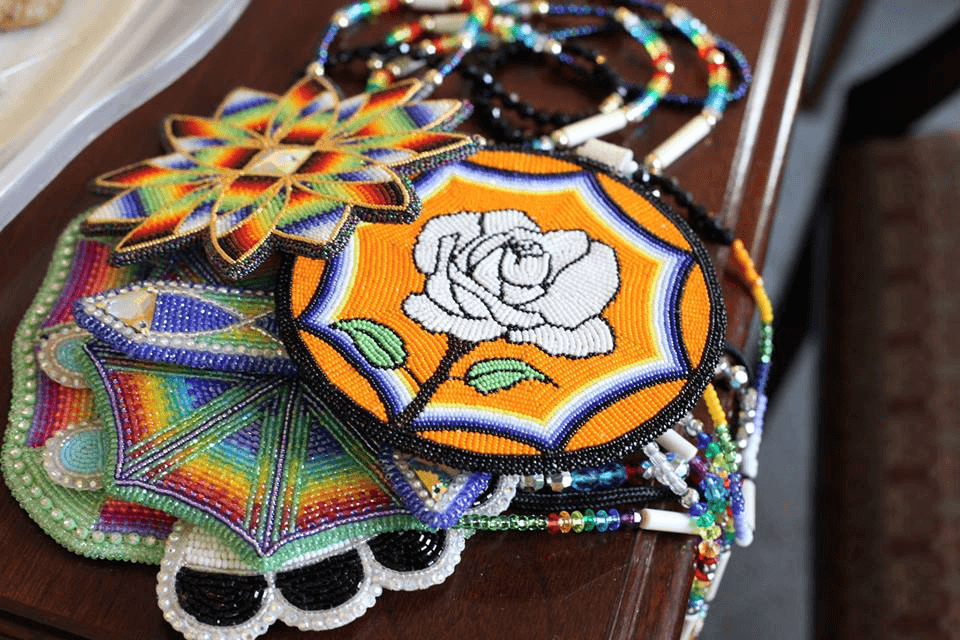
History OF THE Shoshoni TALKING DICTIONARY
The Shoshoni Talking Dictionary project began through a collaboration with the Ely Shoshone Tribe, which received an ANA grant to produce a 3,000-word talking dictionary based on Boyd Graham’s 2008 dictionary. Mr. Graham, who headed the project, was assisted by Bryan Hudson, Julia James and Aaron Charles in planning the first version of the talking dictionary. The initial data-entry and editing was completed by Katherine Matsumoto-Gray, Jennifer Mitchell, and Rob Sykes. More recent updates were made by Sarah Arnoff, Trent Griffith, Jennifer Mitchell, Tony Maggio, and Marianna Di Paolo.
Participants in SYLAP took an active role in the expansions of the Shoshoni Talking Dictionary from 2009-2016. The SYLAP participants worked with Shoshone and Goshute elders to assist them in recording wordlists. These wordlists come from various sources, such as the Shoshoni Language Project's 30,000-entry Shoshoni Dictionary, additional wordlists provided by Boyd Graham, and short phrases from the Shoshoni language lesson plans created by the Shoshoni Language Project. All the updates to the Shoshoni Talking Dictionary have been funded by Barrick Gold Corporation.
The newest update to the Shoshoni Talking Dictionary features additional speakers from the Duckwater Shoshone dialect, whose involvement was funded by an ANA grant to the Duckwater Shoshone Tribe. Their production of the Duckwater wordlists were recorded by Jay (Justin) Martin, Jennifer Mitchell and Lisa Johnson. The update also includes hundreds of additional short phrases and sentences from fieldwork done in 2015 and 2016 by the SYLAP participants.
